
Amidst an epidemic of loneliness and isolation, audiences united in crowning Baby Reindeer the breakout hit TV series of the year. Series creator and star Richard Gadd mined his real-life trauma to create Donny Dunn, who yearns for adoration to catastrophic results. The aspiring comedian discovers that meaning well doesn’t always end well. In a time when there’s immense societal pressure for everyone to have rigid, binary opinions on every issue, and mistakes are often condemned while ignoring intention, Baby Reindeer spreads a message of compassion and mercy.
The most likely cause for the show’s spectacular success is a phenomenal collision of talent on screen and off. Gadd leads a stellar cast, including unforgettable performances by Jessica Gunning as Martha Scott and Nava Mau as Teri. As for that chilling feeling you experience as the harrowing tale unfolds from inside Donny’s mind, you can thank cinematographer Krzysztof Trojnar for setting that claustrophobic, immersive tone. Trojnar worked on the first four episodes of Baby Reindeer, which was, in fact, his first TV series.
“It was just an amazing experience to do it,” he reflected. “It was quite a lucky situation where it was my first TV show. Getting such a good script, it all really came from the script, to be honest. It was fantastic being able to read Richard’s words, which were very visual. It’s probably one of the best scripts I’ve read so far.”
The production team seemed to benefit from being free from scrutiny before they became international sensations. Trojnar made bold choices that paid off big time. Donny’s paranoia and isolation are evident in the camera’s perspective. As Donny seeks affirmation, he receives it in unsavory ways.
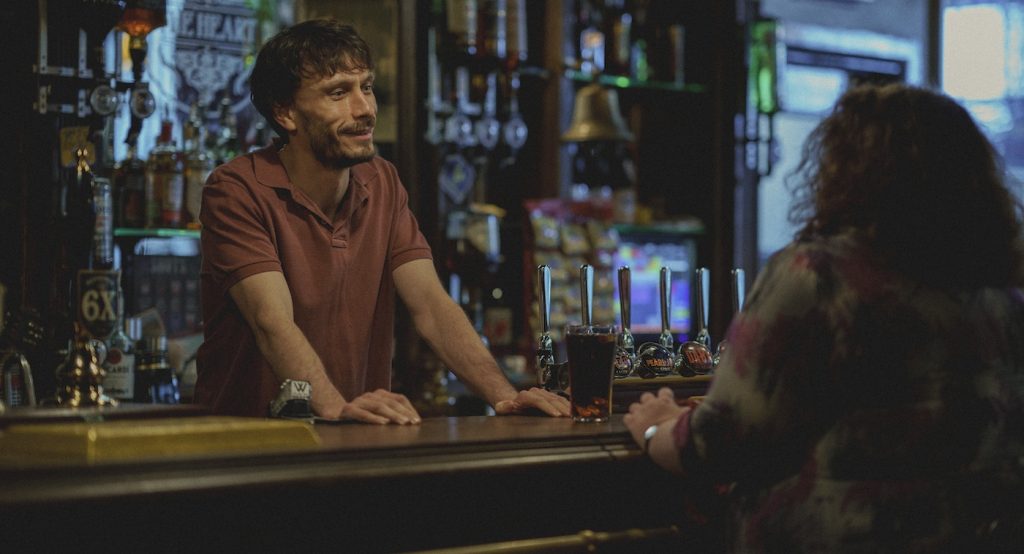
“We definitely wanted to put Donny in the center of the frame as he talks about it almost in the spotlight – something he is searching for in his life – and obviously also being sort of entrapped sometimes in compositions,” Trojnar noted. “That was one idea. It kind of puts Martha as a visual intruder in the sense of how close people are to Donny or how close the eyeline is to the camera. You almost feel their presence, and the camera is sort of between Donny and Martha.”
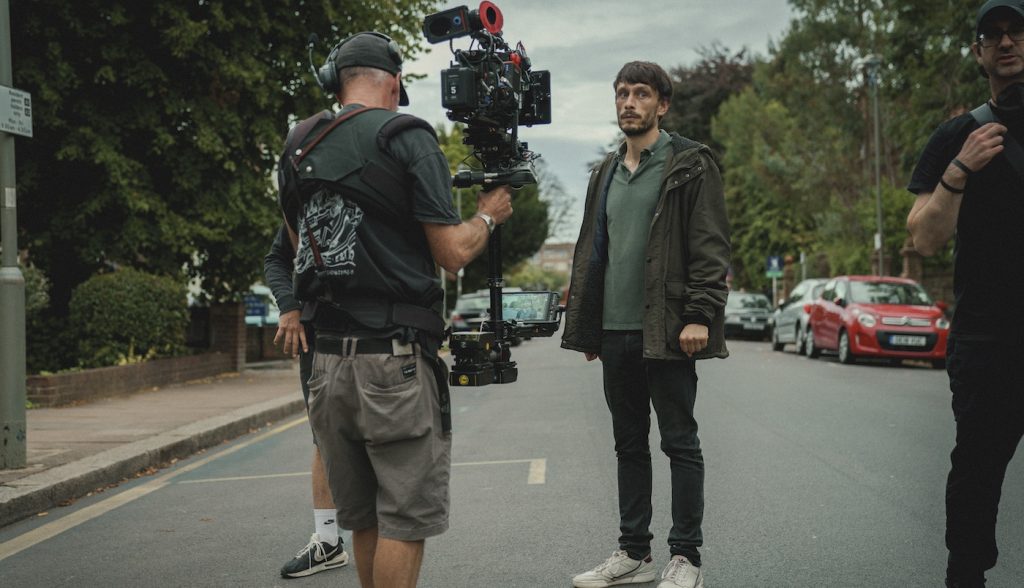
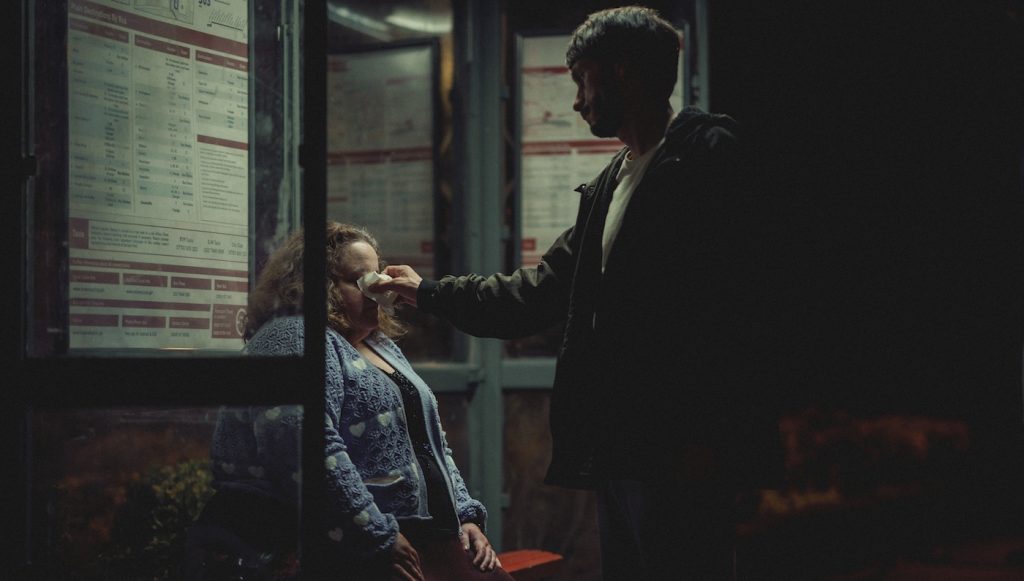
Jessica Gunning beautifully captures Donny’s lonely yet unstable stalker, Martha. Her explosive laugh became a hallmark of the character revealing her cheerful, yet dangerous fixation on the comedian. Trojnar framed Martha in those moments to be uncomfortably invasive.
“We definitely wanted to portray Martha and her mad laugh and intrude it in a way,” he explained. “We used wide angle lenses so we could get close that’s abrasive in a way. It’s not something you would maybe do in a normal dialogue scene where you’re that close, but that gave this effect of intensity and intrusion that you almost can’t escape.”
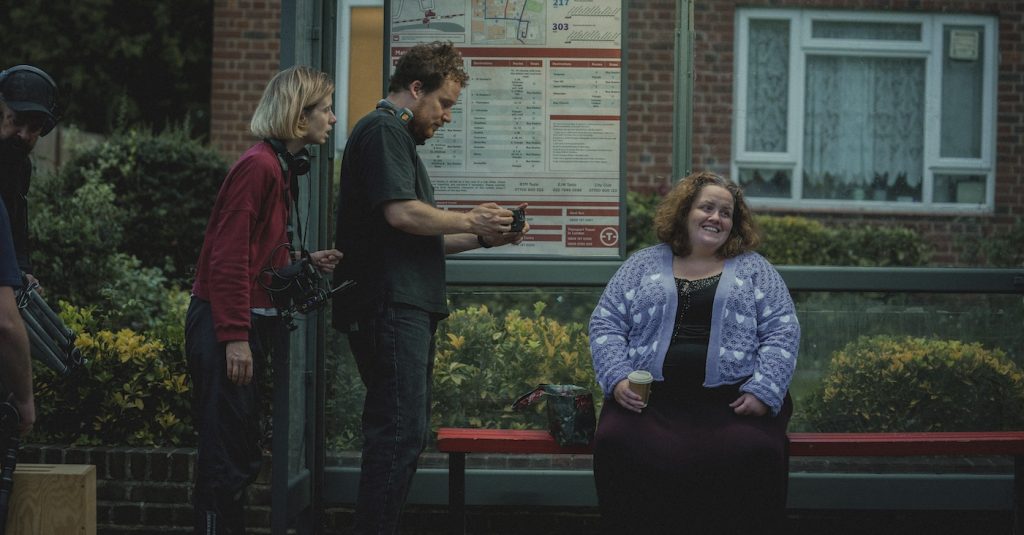
While many viewers were hooked by the stalking drama, the emotional crux of the series takes place in episode 4. Donny is groomed and assaulted by an influential screenwriter, Darrien (Tom Goodman-Hill). The foreboding scene of the crime is Darrien’s apartment, which seems to devour Donny every visit.
“We actually used the widest range of lenses on the show in that apartment,” Trojnar revealed. “It’s not like he’s in front of the camera. He’s not almost touching the lens. He’s more sort of portrayed in the cold abyss of his apartment. The wider end of the spectrum of lenses gave us this feeling. It’s sort of entrapping but in this vacuous space. There’s something unsettling about the atmosphere as soon as Donny enters the apartment.”
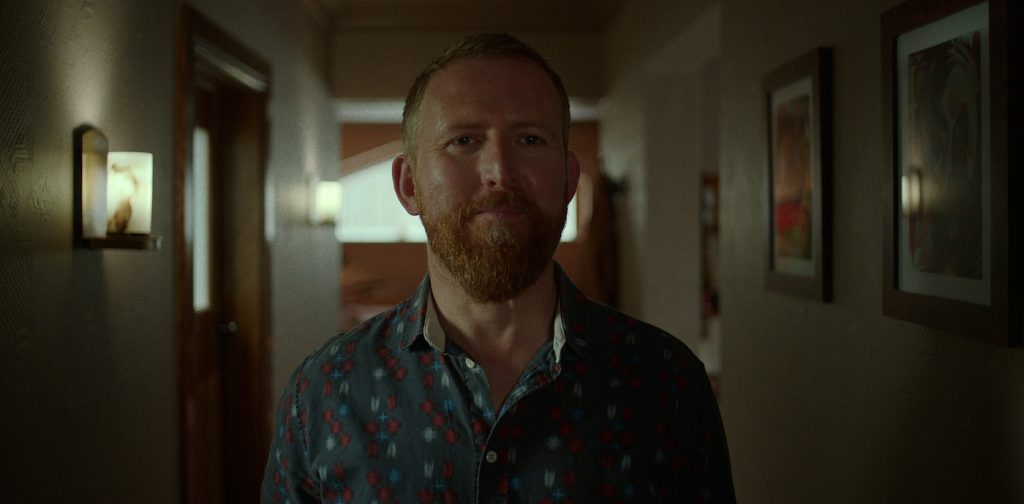
As Darrien increases his manipulative tactics and drugs Donny, the room turns more sinister and hallucinogenic. It may look like postproduction manipulation, but most of the effect was actually created on set. Trojnar’s team specially choreographed the scene’s color shift.
“The light changes in the apartment in episode four. We wanted to make the transition as subtle as possible,” he recalled. “You almost don’t notice the change, and then suddenly they’re in this world that they haven’t been before, and it’s all happening during one take. That’s when Donny was sitting on the sofa and watching Darrien doing the phoenix dance. We installed these special lights that had this transition lighting cue over a minute and a half, where it changed from a domestic light into this red, pulsing light. So, it was all done in camera.”

When Donny staggers to his desperate and delirious escape, the walls seem to stretch on discouragingly. The idea was conceived between Trojnar and the production design team. After specially modifying the set, Gadd himself was equipped with a RED KOMODO camera.
“We talked to Debbie Burton, the production designer, and we made the corridor double length to what it usually was,” Trojnar explained. “We installed a camera on Richard’s head so when he was running down the corridor looking down at his hands, that was actually filmed without me operating the camera. That was installed like a micro camera. He is trying to escape, and we get that tunnel vision kind of effect.”
In the difficult aftermath of the assault, Donny breaks down in the shower, where Trojnar, again, specially installed a camera on set for a very specific shot. The shot captures Donny’s face from inside the cascading water.
“We just wanted to change perspective because it’s such a drastic moment in the story,” Trojnar said. “You can’t get worse than that, but it’s also a point of realization. You have to get close to Donny. It’s also like he’s suddenly in a different environment, and he realizes what happened. So, we used this special lens that we installed inside the shower head. We asked the special effects department to make a special shower head that was hollow inside, then through the hole, we could put this special, very long, thin lens that is like a periscope lens. It’s called Optex Excellence. We used that so you almost have the perspective of the water falling down on Donny.”
Gadd is fearless about sharing Donny’s triumphs and failures, including painfully awkward reactions to his floundering standup sets. One gig gets off on the wrong foot, and Donny is left to anxiously wait in the wings for his cue.
“Our idea was always to be with Donny,” Trojnar told us. “That scene is the longest take we’ve done uninterrupted. He waits to be announced onto the stage, and we don’t really want to interrupt it. We hear the lady announcing him in some kind of mental act, and we’re with him, then go on the stage. When it becomes awkward, we go to the very back of the stage and show in an objective way where he’s the most stripped of his comedy hour. It gets very awkward.”
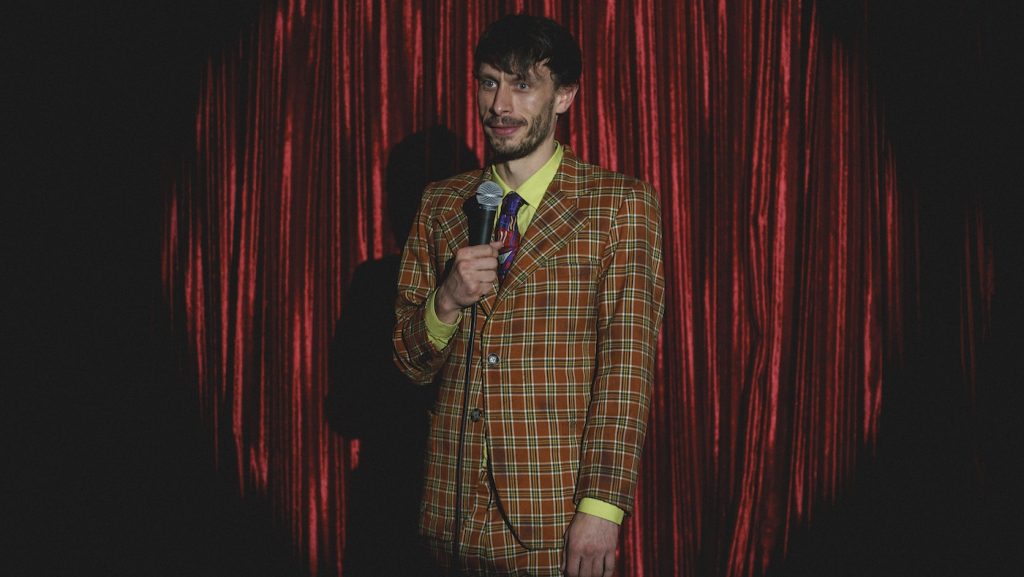
Gadd has referenced the catharsis of sharing his suffering in interviews, and audiences have related in a big way. In turning his darkest moments into art, fellow victims have found strength in reporting their own abusers. Trojnar admits the reaction has been more powerful than the team ever anticipated.
“It’s not something we were expecting at all,” he confesses. “I’ve been saying it was meant to be a little niche show that maybe some people will watch, but then suddenly, it’s a complete surprise. I mean, we loved the script. I think everyone who read it was very excited about it, but we didn’t expect what happened for sure.”
This article was first published on The Credits